Small meter: definition and processing technology
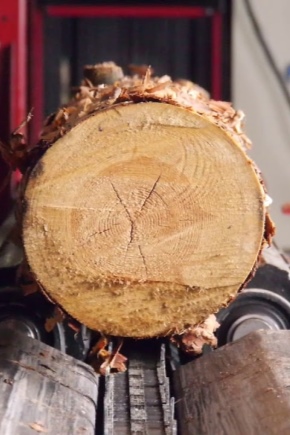
Wood processing is a very complex process that has its own characteristics. One of the not-so-pleasant materials is the fine meter, the definition and processing technology of which should be considered separately, since this topic is very important for those who want to seriously engage in wood business.
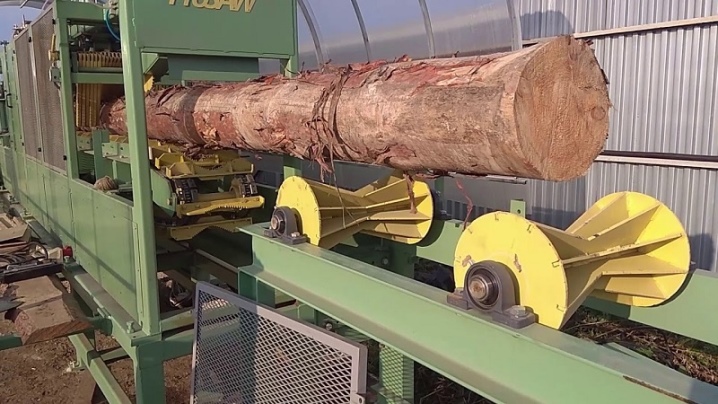
What it is?
First of all, it is worth understanding what a thin meter is. Based on the name, it can already be assumed that this is wood that has a small diameter. If we clarify this definition, then round timber is a thin meter, the trunk thickness of which does not exceed 300 mm, depending on the breed. Typically, this material is most commonly found in conifers and small forests, which can be useful in certain areas due to its small diameter.
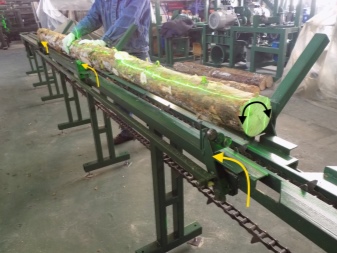
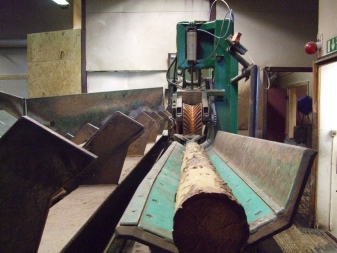
Basically, the thinner is made from pine, since this tree is quite thin and is found most often among other coniferous representatives in our country. In fact, working with a small meter is not the most pleasant thing that logging manufacturers can expect. All for one simple reason - the processing of such material is not profitable in terms of cost. With a full-fledged sawmill that can handle large logs with the right trunk diameter, you are simply spending more on your budget than you will be able to get from selling a small meter in the future.
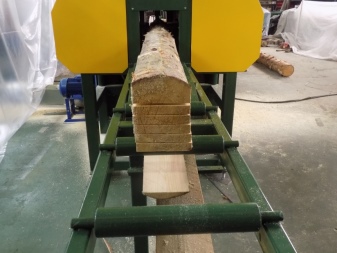
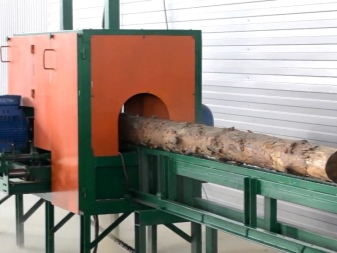
But it is necessary to work with such material and there is no getting away from it, because even from thin logs it is possible to make products that are needed by the consumer. Of these, beams of various sizes can be noted, as well as a carriage and small boards, both edged and unedged. Based on physical characteristics, the small meter needs special processing.
This applies to both the process itself and its stages, and equipment.
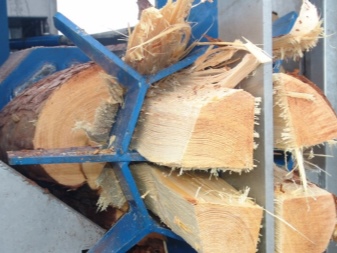
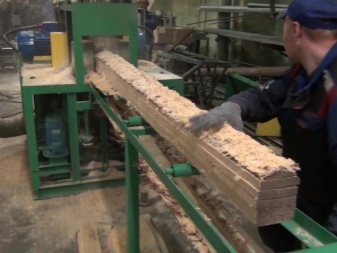
Processing equipment
Units for working with a small meter differ from ordinary sawmills and represent a special design, which, together with the costs, allows the manufacturer to use the mechanisms and capacities necessary only for thin timber. It should be noted that this squaring technique is designed to cut material of a certain size. Therefore, operation requires special attention and accuracy, because the range of forest trunk diameters is not so large.
"Termit" - machines from a domestic manufacturer, which, due to their design features, have a considerable number of consumers... Their advantage is simplicity and reliability, allowing you to make a profit when processing even materials such as a small meter and a sawmill. Among the model range of this manufacturer, it is worth noting the squared 150E-6, which is the most common modification and has the largest number of copies sold.
This model is designed for sawing small pieces with a maximum length of 6 meters with a material size of 100-230 mm. The minimum length is from 1.8 meters.

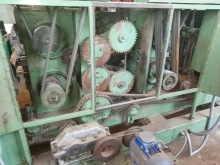
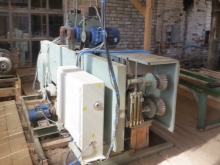
The line of these machines is optimized for low costs, which is reflected in the design features.
- Lack of rounding. This function is simply not needed when processing a small meter, so it was removed as unnecessary. It is this operation that increases the cost of the product, which consists in the repair of the cylinder spindle, as well as a higher material feed rate.Since these advantages are not needed, their absence makes not only the machine itself, but also its operation more profitable.
- Synchronous setting of milling shafts... This feature allows you to spend much less time on setting up the machine, so you can get to work several times faster.
- Possibility of installing saws with a minimum diameter. Given the small thickness of the trunk, it is possible to use small-sized cutting tools that are cheaper than standard ones used on conventional sawmills.
- Ability to operate saws with a minimum number of teeth... This feature allows you to greatly save on equipping the sawmill, because saws are a very expensive component. In general, maintenance costs can be reduced by 70,000 rubles.
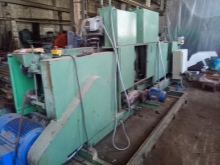
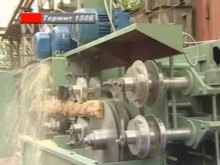
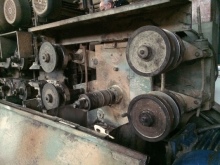
Concerning the main characteristics of the 150E-6, Then we can note the feed speed, which is regulated depending on the operating mode and is 4, 6, 8 and 12 m / min. The number of installed saws is 1-6 pieces, the total installed power of the machine is 97.2 kW, of which 2.2 goes to the feed mechanism, 37 for the saw spindle, and 36 and 22 for the milling spindles of the first and second rows, respectively. The length of the machine is 5.15 meters, the width and height are 2 m each. The weight without accessories and any tools is 4200 kg.
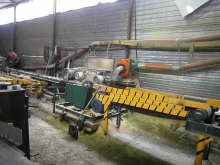

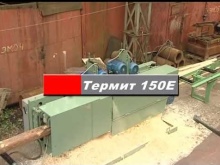
Another well-known machine is the UPT-250MT, which is a universal technique when working with a small meter with a diameter of 80 to 280 mm.... In this case, the length of the workpiece varies from 1 to 6 meters, and the dimensions of the final product are set by a special electronic ruler, which this model is equipped with. The presence of such a tool allows you to most accurately set the appropriate dimensions for the finished product.
Among the advantages of this model can be noted a reduction in energy consumption to 76 kW, while the equipment does not lose in its performance and quality. This feature reduces the cost and cost of the machine. It is also worth mentioning the accuracy of the cut, which is 3 millimeters. Thanks to this, you can get as much useful and useful material as possible, which will significantly affect the profit and self-sufficiency of the unit.
Making the technique more versatile, the manufacturer has provided for the presence of crooked and uneven logs, which can also be processed. Technological innovations now make it possible to work with such a material and extract usable wood from it. Now there is no need for preliminary sorting of the timber, because the operational distance between the side mills has been changed, the maximum removal of which is 72 mm.
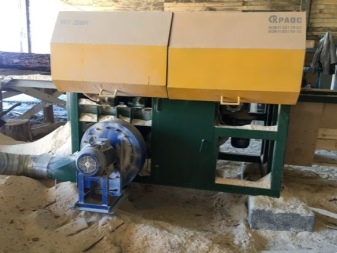

Speaking about other technological features, it is worth mentioning the presence of built-in lasers, with the help of which you can see the lines that represent the projection of the future material, if you use the already configured sawing parameters. Thus, the versatility and diversity of wood harvesting increases, as well as the process of setting dimensions using an electronic ruler is simplified. The basic technical equipment allows you to change many characteristics, for example, feed rate, maximum power, as well as the load on all motors and drives.
There are protective covers to prevent the sawing material from falling on workers. The number of horizontal discs can be up to 6 pcs. on each side, and their diameter is no more than 250 mm. The power for the aspiration system is 5.5 kW, for side mills the figure is 18.5 kW. In this case, the horizontal disc drive consumes 15 kW, and the chain feed 2.2 kW. The maximum rotational speed can reach 3000 rpm, both for side mills and horizontal discs.
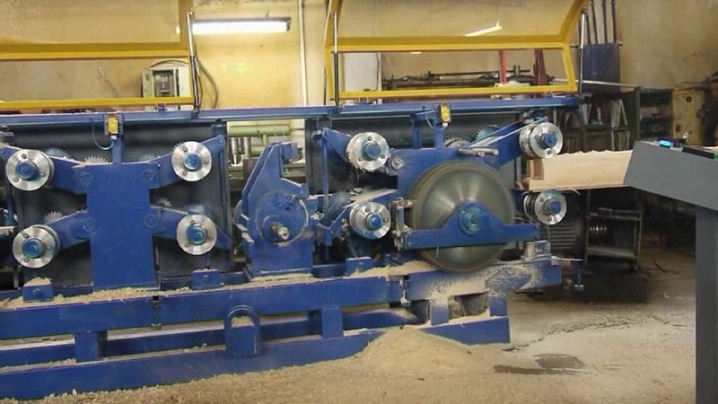
The feed speed of the workpiece is up to 15 m / min, two people are required for work. One sets the necessary technical parameters, while the other monitors the process itself, which requires attention. The operating temperature range varies from -30 to +40 degrees, the total weight is 1950 kg.
Among other equipment for processing a small meter, there are also German counterparts that are not inferior to domestic ones.
Their cost is usually higher, but the key features are processing efficiency and a wide range of models.
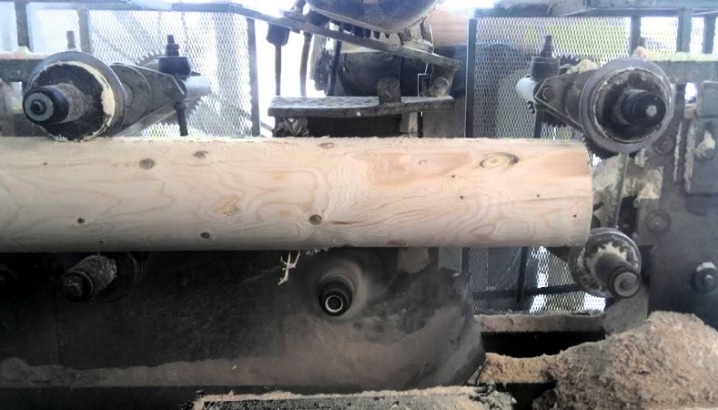
Stages of work
The workflow consists of the work of two cutters, removing the sides from the material, and then preparing the wood for sawing.
The sawing tools then cut the material into small boards, the dimensions of which are set either manually or using an electronic ruler, if available.
As a result, the output is a whole pack of boards of the same dimensions and two slabs, which were removed by the work of cutters.
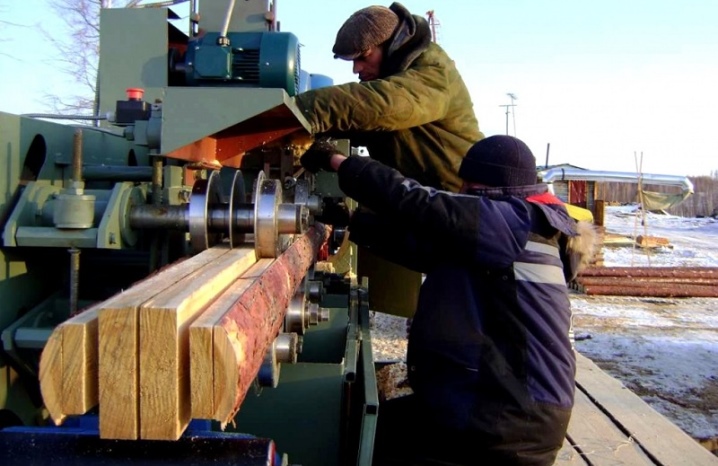
You can watch a video review of the tonometer's operation in the video below.













The comment was sent successfully.